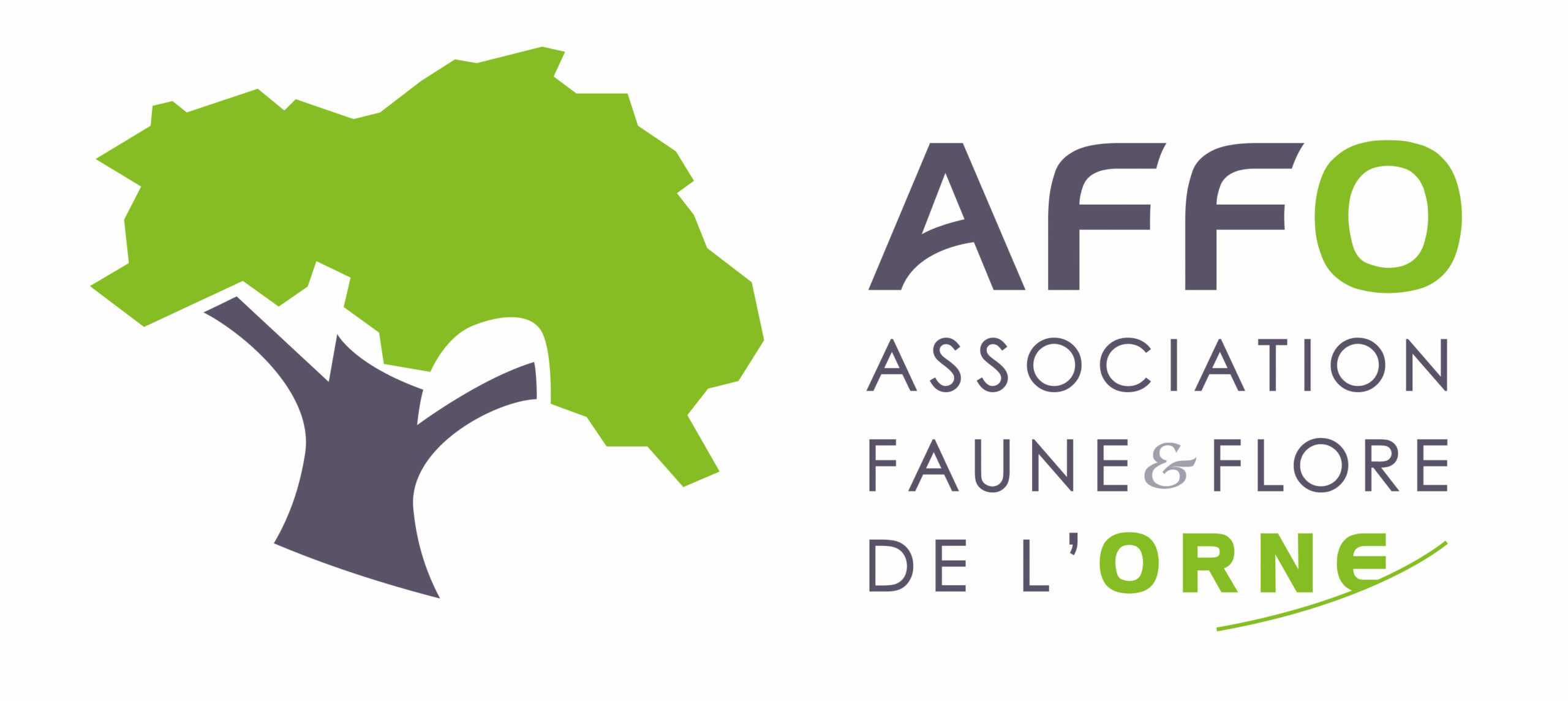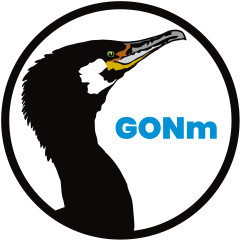Où cette espèce a-t-elle été observée ?
 Attention : cette espèce peut être présente où il n’y a pas de maille, mais à ce jour elle n’y a pas encore été observée.
Attention : cette espèce peut être présente où il n’y a pas de maille, mais à ce jour elle n’y a pas encore été observée.
- 713 observations
-
101
communes -
85
observateurs
19
organismes -
Première observation
1900 -
Dernière observation
2025
Appenai-sous-Bellême - Arcisses - Argenvilliers - Authon-du-Perche - Bazoches-sur-Hoëne - Beaulieu - Beaumont-les-Autels - Belforêt-en-Perche - Belhomert-Guéhouville - Bellavilliers - Bellême - Bellou-le-Trichard - Berd'huis - Bizou - Boëcé - Bonsmoulins - Bretoncelles - Ceton - Champeaux-sur-Sarthe - Champrond-en-Gâtine - Champrond-en-Perchet - Chapelle-Guillaume - Chapelle-Royale - Charbonnières - Charencey - Comblot - Corbon - Courgeon - Courgeoût - Cour-Maugis sur Huisne - Crulai - Digny - Feings - Fontaine-Simon - Friaize - Igé - Jaudrais - La Chapelle-Montligeon - La Chapelle-Souëf - La Ferté-Vidame - La Framboisière - La Madeleine-Bouvet - Lamblore - La Mesnière - La Puisaye - La Ventrouze - Le Favril - Le Mage - Le Pas-Saint-l'Homer - Les Aspres - Les Corvées-les-Yys - Les Étilleux - Les Genettes - Les Ressuintes - L'Hôme-Chamondot - Loisail - Longny les Villages - Maillebois - Manou - Mauves-sur-Huisne - Meaucé - Montireau - Mortagne-au-Perche - Moulhard - Moutiers-au-Perche - Nogent-le-Rotrou - Parfondeval - Perche en Nocé - Pervenchères - Pouvrai - Rémalard en Perche - Réveillon - Sablons sur Huisne - Saint-Aubin-de-Courteraie - Saint-Cyr-la-Rosière - Sainte-Céronne-lès-Mortagne - Saint-Éliph - Saint-Fulgent-des-Ormes - Saint-Germain-de-Martigny - Saint-Germain-des-Grois - Saint-Hilaire-le-Châtel - Saint-Hilaire-sur-Erre - Saintigny - Saint-Langis-lès-Mortagne - Saint-Mard-de-Réno - Saint-Martin-des-Pézerits - Saint-Martin-du-Vieux-Bellême - Saint-Maurice-Saint-Germain - Saint-Ouen-de-Sécherouvre - Saint-Pierre-la-Bruyère - Saint-Quentin-de-Blavou - Saint-Victor-de-Buthon - Senonches - Soligny-la-Trappe - Thiron-Gardais - Tourouvre au Perche - Val-au-Perche - Vaunoise - Verrières - Vichères - Villiers-sous-Mortagne
-
PNR du Perche
Participation à 417 Observations
Part d'aide à la prospection : 58.49 %
Fiche organisme
-
Muséum national d'Histoire naturelle (MNHN)
Participation à 98 Observations
Part d'aide à la prospection : 13.74 %
Fiche organisme
-
Association Faune & Flore de l'Orne (AFFO)
Participation à 87 Observations
Part d'aide à la prospection : 12.20 %
Fiche organisme
-
DREAL Centre-Val de Loire
Participation à 39 Observations
Part d'aide à la prospection : 5.47 %
Fiche organisme
-
Ministère de la Transition écologique et de la Cohésion des territoires
Participation à 38 Observations
Part d'aide à la prospection : 5.33 %
Fiche organisme
-
UMS PatriNat (OFB-CNRS-MNHN)
Participation à 20 Observations
Part d'aide à la prospection : 2.81 %
Fiche organisme
-
Eole Champagne Conlinoise
Participation à 18 Observations
Part d'aide à la prospection : 2.52 %
Fiche organisme
-
Société d'études ornithologiques de France (SEOF)
Participation à 14 Observations
Part d'aide à la prospection : 1.96 %
Fiche organisme
-
PNR et géoparc mondial UNESCO Normandie-Maine
Participation à 9 Observations
Part d'aide à la prospection : 1.26 %
Fiche organisme
-
Système mondial d’information sur la biodiversité (GBIF)
Participation à 8 Observations
Part d'aide à la prospection : 1.12 %
Fiche organisme
-
Eure-et-Loir Nature
Participation à 2 Observations
Part d'aide à la prospection : 0.28 %
Fiche organisme
-
France Nature Environnement Centre-Val de Loir
Participation à 2 Observations
Part d'aide à la prospection : 0.28 %
Fiche organisme
-
Office national des forêts (ONF)
Participation à 2 Observations
Part d'aide à la prospection : 0.28 %
Fiche organisme
-
Conseil départemental de l'Orne (bureau ENS)
Participation à 1 Observation
Part d'aide à la prospection : 0.14 %
Fiche organisme
-
Groupe Ornithologique Normand (GONm)
Participation à 1 Observation
Part d'aide à la prospection : 0.14 %
Fiche organisme
-
Groupe Sarthois Ornithologique (GSO)
Participation à 1 Observation
Part d'aide à la prospection : 0.14 %
Fiche organisme
-
Conservatoire d'espaces naturels du Centre-Val de Loire (CEN CVL)
Participation à 1 Observation
Part d'aide à la prospection : 0.14 %
Fiche organisme
-
Mayenne Nature Environnement (MNE)
Participation à 1 Observation
Part d'aide à la prospection : 0.14 %
Fiche organisme
Informations espèce
Source : Biodiv'Écrins, Parc national des Écrins
F3 : Fourrés tempérés et méditerranéo-montagnards
F4 : Landes arbustives tempérées
F9 : Fourrés ripicoles et des bas-marais
FA : Haies
FB : Plantations d'arbustes
G5 : Alignements d'arbres, petits bois anthropiques, boisements récemment abattus, stades initiaux de boisements et taillis
I2 : Zones cultivées des jardins et des parcs
X10 : Bocages
X11 : Grands parcs
X20 : Écotones de la limite de développement des arbres
X22 : Petits jardins non domestiques des centres-villes
Répartition actuelle en France métropolitaine
© INPN - Avertissement : les données visualisables reflètent l'état d'avancement des connaissances et/ou la disponibilité des données existantes au niveau national : elles ne peuvent en aucun cas être considérées comme exhaustives.
Répartition actuelle dans le monde
Avertissement : les données visualisables reflètent l'état d'avancement des connaissances et/ou la disponibilité des données existantes au niveau mondial : elles ne peuvent en aucun cas être considérées comme exhaustives.

















